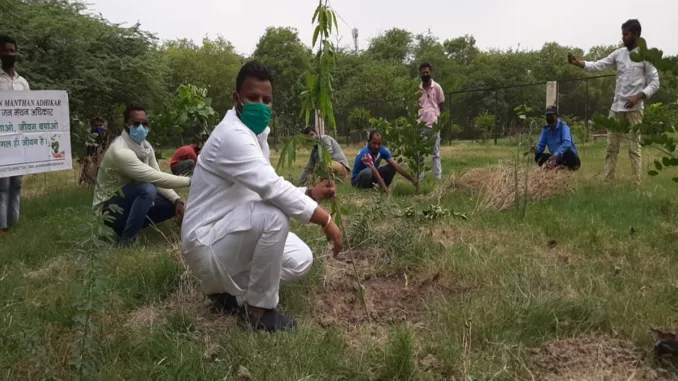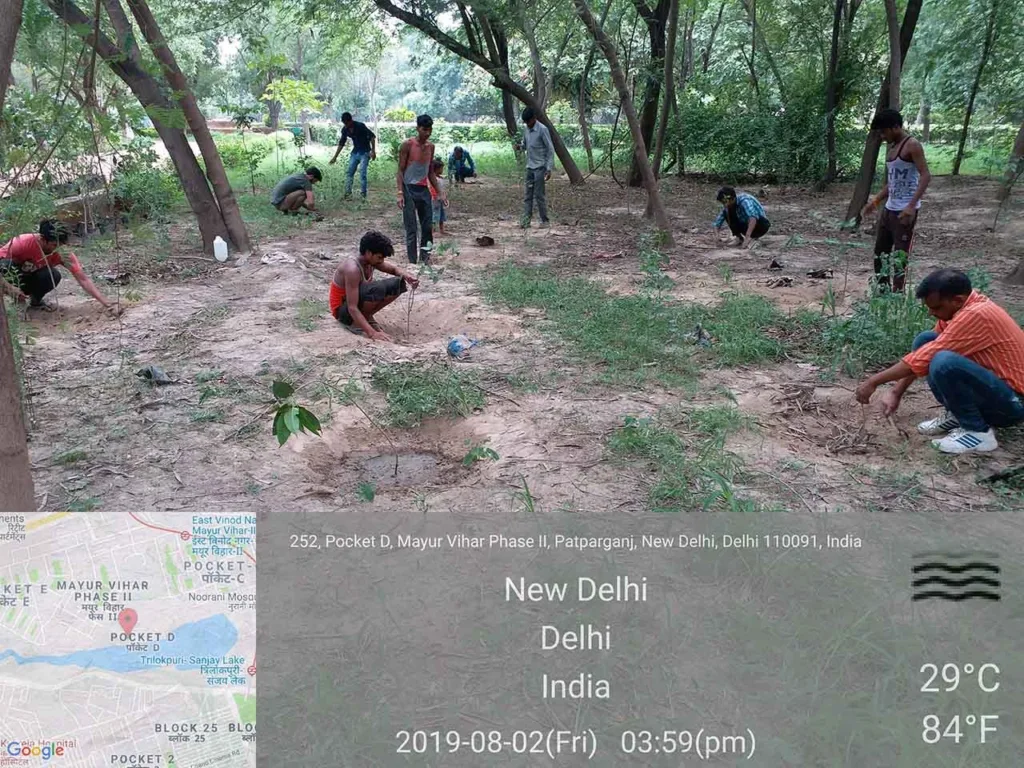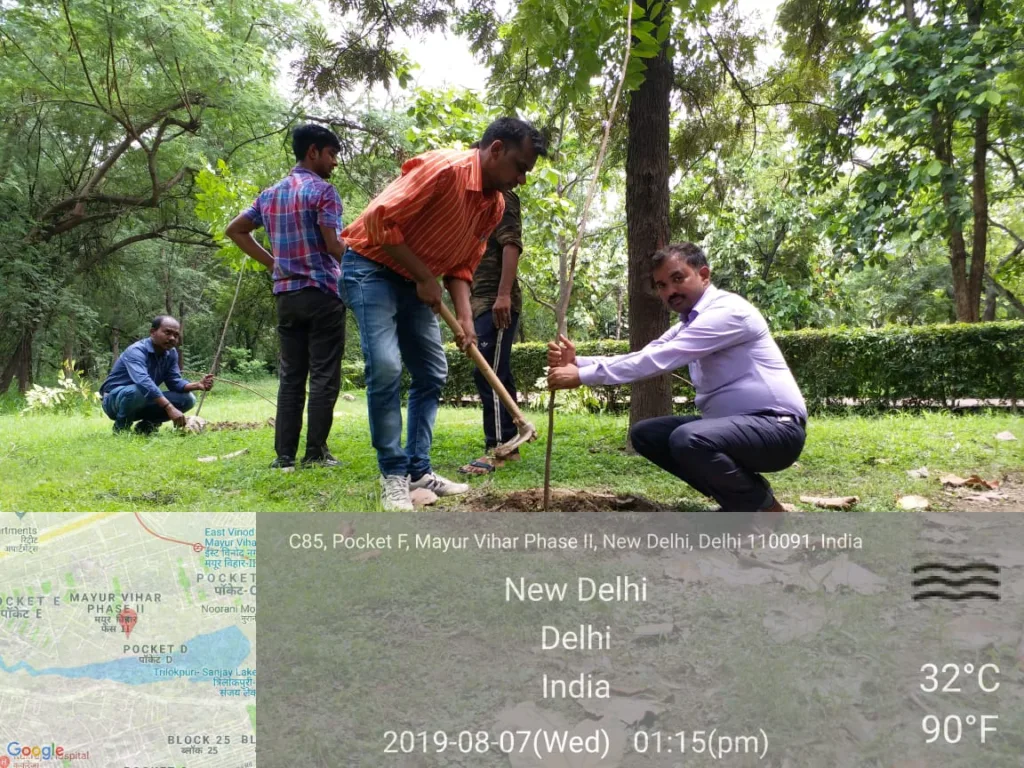
‘The Trees for Delhi’ project led by Grow-Trees.com is planting 180,000 trees in approximately eight regions.
The National Capital Region (NCR) has been plagued by persistent air pollution, and on November 2, the Air Quality Index in Delhi’s Anand Vihar touched a dizzying 999. Post Diwali celebrations, and with farm fires enveloping the city in thick smog, there is hope that the city can find long-term solutions to mitigate air pollution.

Social enterprise Grow-Trees.com, which is steadily increasing green cover across India by planting millions of trees is also actively engaged in plantation activities across approximately eight regions in Delhi, including Yudhistir Bridge IT Park, Jheel Park, Smriti Van, Golden Jubilee Garden, CWG Village, Green Belt Yamuna, Art of Living area – Yamuna, and Sanjay Lake in the Delhi-NCR region.

Labeled the ‘Trees for Delhi Project,’ this initiative has made significant progress as it strives to reach the total target of 180,000 trees of which 80,254 trees have already been successfully planted.
Pradip Shah, the co-founder of Grow-Trees.com, shares why such efforts are needed to battle debilitating pollution, “The project aims to create natural carbon sinks in and around the urban landscape since pollution is at its highest here. With pre-existing respiratory concerns in Delhi, an urgent long-term solution becomes essential to ensure that the city can breathe easier in the near future. Our aim is not only to combat the winter pollution post diwali but also to expand Delhi’s green cover, reduce the urban heat island effect (UHI), enhance depleting biodiversity and replenish the water table.”
Trees, reminds Mr Shah, are the time tested warriors against climate change as they combat the greenhouse effect by absorbing atmospheric carbon dioxide. The carbon sinks created by them reduce the particulate matter in the air, thus reducing the city’s pollution.
Mr Shah concludes, “India’s goal of net zero emissions by 2070 is achievable if we commit ourselves to reducing the nation’s environmental deficit, protecting forests and wildlife habitats and increasing green lung spaces. These steps will also align us perfectly with the UN’s Sustainable Development Goals for Climate Action and Land Conservation.”







